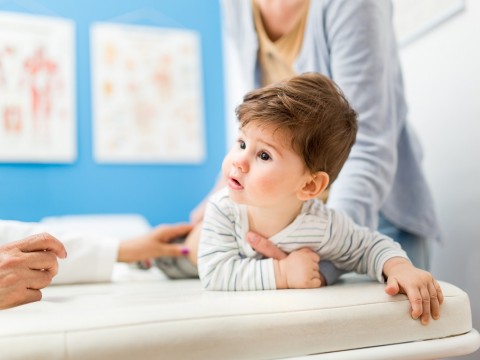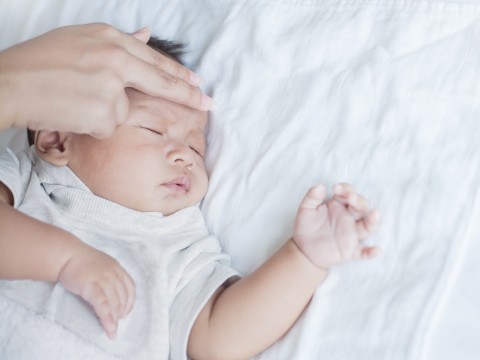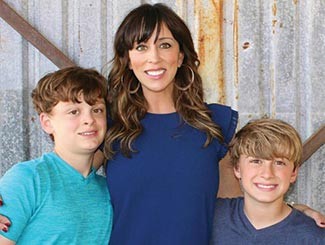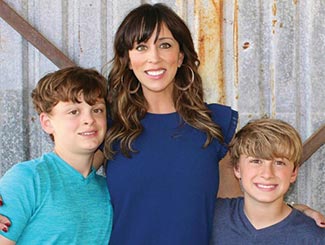


A Little More Wisdom
According to the American Academy of Pediatrics, “Room-sharing without bedsharing is recommended—There is evidence to suggest that this arrangement decreases the risk of SIDs by as much as 50%.”
Co-sleeping with Your Baby: To Share or Not to Share
Written by on January 8th, 2018
As a new mom, I wish someone had told me that co-sleeping was okay. I wish I had been more informed. My life as a brand new mom would’ve been easier—perhaps a lot easier. The truth is, when it came to co-sleeping, my pediatrician wasn’t merely against it, he actually scolded me for doing it.
My journey into motherhood started with an emergency c-section and a newborn who had to spend the first five days of his life in the NICU. And by the time I was able to bring my son home from the hospital, I was physically and emotionally drained.
The one thing I needed to recover was the one thing I wasn’t getting—sleep. The feedings were constant and I was struggling to produce enough milk to help my son thrive. One night, in a moment of exhaustion, I pulled the covers off the bed and put my son in bed with me. We slept for four blissful and uninterrupted hours.
At my next appointment with our pediatrician he asked me how my son was sleeping. I said it was rough, but he slept great when he was in bed with me. My pediatrician scowled at me, telling me my son needed to be an independent sleeper, even at the age of 3-months-old, or he’d never sleep alone. The seeds of guilt and fear had been planted.
Shedding the stigma
Today, parents and pediatricians are better informed about co-sleeping, especially for breastfeeding moms. It’s logical that breastfeeding becomes much easier when baby is in close proximity. Plus, breastfeeding at night can help keep the milk supply up, alleviate separation anxiety and make soothing a stirring baby (either by touch or by feeding) much easier when you’re right next to her. All of points equal more sleep for baby and for mom.
Closeness with care
Co-sleeping doesn’t always mean sharing the same bed. You can opt for room-sharing so you can sleep together with your baby lying on a separate surface (like a co-sleeper) within arm’s reach. Co-sleepers are designed to provide baby with a flat, cool, secure sleeping space that also contains and protects her.
Safety guidelines
On the other hand, co-sleeping can put your baby in a potentially dangerous situation. Bed-sharing deaths do happen, but they tend to occur in situations where risk in involved.
In January 2017, the American Academy of Pediatrics (AAP) updated its infant safety guidelines in an effort to promote the safest sleep possible for baby and parents including the following tips:
-
Don’t co-sleep with an infant under the age of four months old
-
Don’t co-sleep your baby on the same surface if you’ve ingested anything that can make you overly tired like sedatives, alcohol or certain medications.
-
Remove pillows, sheets and any loose bedding items.
-
Sleep baby on a firm surface, which means it will not indent when you place your baby on it.
-
Don’t swaddle your baby if you’re sharing the same surface to avoid overheating your baby.
-
If you have long hair, make sure you secure it before you go to sleep, so it won’t get wrapped around your baby’s neck.
-
Don’t let siblings co-sleep on the same surface as your baby.
Did you co-sleep with your baby? If so, do you recommend it for other moms? Let us know in the comments section on our Facebook page.







